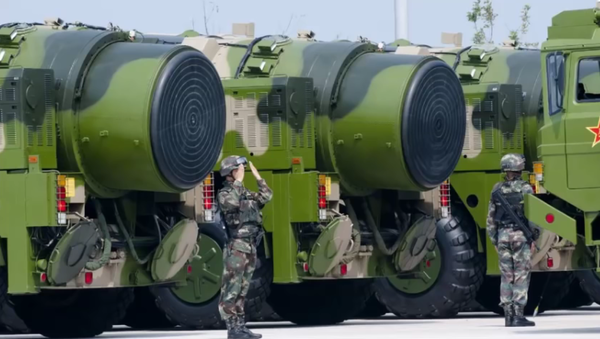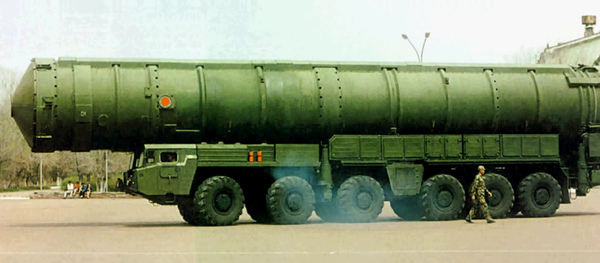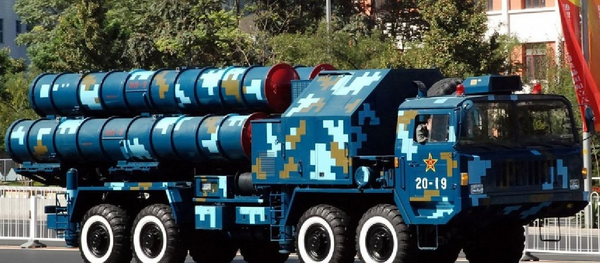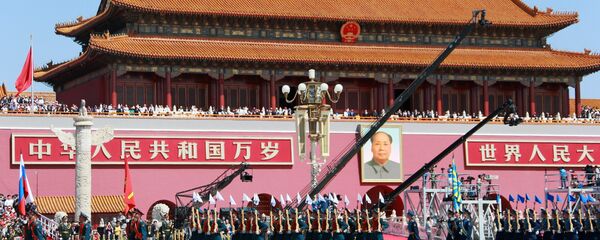The Global Times stressed Hong Kong and Taiwan media interpreted pictures of the DF-41 were taken in Heilongjiang, admitting there was no official confirmation from Beijing while hoping the "strategic edge" would soon be confirmed.
Of course not. The Russia-China strategic partnership, which, as I argued, needs to be broken according to Trump's shadow foreign policy adviser Henry Kissinger's strategy, is a very serious business. If there were indeed a deployment, Russian intelligence would have been fully aware. Peskov's response also pre-empted the notion this might represent a Chinese response to potential US-Russia negotiations over nuclear disarmament.
Still, all of the above did not prevent the Chinese Foreign Ministry to issue an attempt at a non-denial denial, describing the alleged deployment as "speculation and crude guesses".
Go West, young missile
The timing of the alleged deployment, with Team Trump doubling down on anti-Chinese rhetoric on their war of positioning geared to extract further trade concessions, may indeed betray a very graphic Beijing message.
This propels the matter to an even more serious sphere than a possible upcoming crisis in the South China Sea, where the Pentagon, under the pretext of "freedom of navigation", is obsessed in maintaining "access", Trump or no Trump.
If there ever were an attempted American blockade in the South China Sea, it would be easy to take out the Chinese-developed islands/islets/rocks/shoals. But far from easy to grapple with the Chinese response; submarines with "carrier killer" missiles able to take out anything the US Navy may come up with.
Enter the "messenger" DF-41. The technical reasons why Russia does not see the DF-41 as a threat are simple – and may unveil the rationale behind the alleged deployment.
Beijing has been able to deploy its predecessor, the DF-31 – which is able to target Russia — for more than a decade now. And a simple analysis of distance and trajectory reveals that Heilongjiang province is the optimum location for the DF-41 to target the whole of the continental US.
It's virtually guaranteed that an official Chinese confirmation of the DF-41 deployment will accelerate a nuclear arms race, involving all players from Russia, China and the US to India and Pakistan and even North Korea.
Just at the start of the Trump era, the new reality could not be more striking. Not long ago, it was "say hello to Russia-China". Now it's "say hello to China's ICBMs."
The views expressed in this article are solely those of the author and do not necessarily reflect the official position of Sputnik.






